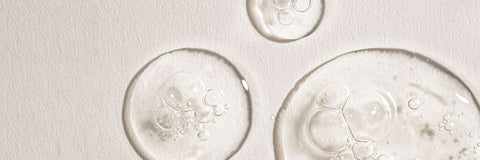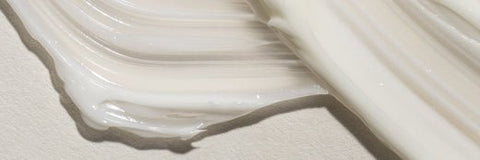Patch tests are a great way to test a new skincare product in a small, inconspicuous spot to see if you are allergic to it, or if your skin is irritated by any ingredient in the formula, before you put it all over your face. If you aren’t aware what patch tests are or how to perform one, we wrote this article for you.
IN A NUTSHELL
Main Takeaways: A patch test is an easy way to see if your skin will react adversely to a product before you use it all over your face.
Good to Know: Before you do a patch test, make sure your skin is completely free of any other product; otherwise, you might not be able to tell which product irritated your skin.
Recommended Products: So Clean! Facial Cleanser.
What is a Patch Test?
For those not familiar with it, a patch test is a way to test a skin care product (or make-up, fragrances, or other potentially irritating products that come in contact with the skin), on a small area of your skin to determine if it will cause an adverse reaction. That reaction can range from contact dermatitis, a rash-like condition that occurs when someone is allergic to a product or ingredient, to breakouts, to redness, or even flakiness. A patch test is usually done on a less noticeable part of the skin, so that it won’t be obviously visible should irritation occur.
Who Should Do a Patch Test?
One might assume that only those with sensitive skins need to patch tests, but that’s far from the truth. Even if your skin rarely experiences irritation, or you’ve never had a breakout from skincare products, a patch test is never a bad idea; any skin care product or ingredient that you’re not used to can make your skin react, no matter what your skin type. And by skin care product, we don’t just mean products you use on your face. Just about any ingredient you might find in products like body creams, perfume, and sunscreen can cause irritation and/or breakout, so if you want to be on the safe side, do a patch test before applying anything on your person.
How to Patch Test New Face Products
For starters, don’t test every new product or ingredient on your skin at once. Imagine how awful it would be if every product you tested irritated your skin! For that reason alone, we recommend doing patch tests one at a time.
Before you do anything, make sure the area where you’re doing the patch test is clean, dry, and has no other product on it; otherwise it could be hard to tell what’s actually causing irritation, if there is any.
Choose an inconspicuous spot, like your neck, just in case you do experience a break out so it won’t be obvious. If you’re testing for a body product, use a place like your inner arm to test.
Apply a small amount of the product on a small area of skin. Some like to cover the spot with a bandage, but it’s not really necessary unless you think you won’t remember where you did the test. Check it within 24 hours, and if there’s no reaction, apply a bit more about 72 hours later. If it’s still OK, apply again in the same spot another 72 hours later. If you still haven’t experienced a breakout or allergic reaction, you’re probably not in danger of experiencing a reaction on your face or body from that product.
Of course, if you do experience a reaction at any point, stop using the product immediately. If your reaction is really bad, you might want to see a dermatologist who can not only treat the irritation but conduct more extensive tests to narrow down exactly what you are allergic to. That said, you want to make sure you’re not mixing up an allergic reaction with a product just doing its job. For example, exfoliants are meant to slough off dead skin, so if you find that after 24 hours the patch test of your exfoliant looks a little irritated, don’t immediately assume you’re allergic to it.
Keep in mind that you might not experience just redness or even a breakout. Check to see if the product has made your skin particularly dry, or if it just makes your skin itch. If your skin dries out because of the patch test, it will probably dry out if you apply the product to your whole face.
What Kind of Ingredients Might Cause Irritation?
The truth is that even some of the most gentle ingredients can sometimes cause irritation. Everyone’s skin is different, and you can be allergic to literally anything on the planet. However, some ingredients are more likely than others to cause irritation. Among these are artificial fragrances. While we usually think of artificial fragrances as causing sinus or even headache issues, they can also irritate the skin.
Parabens can also irritate skin; although generally speaking, it irritates skin that’s already experiencing issues. If you have conditions like psoriasis or eczema, stay away from products with parabens.
Artificial dyes can also cause irritation. This is exactly why, like parabens, we don’t use them in any of our products. For the same reason, we don’t use sulfates, as they can cause pretty severe irritation to some.
We hope this has clarified what a patch test is and exactly how to conduct one yourself. It’s a pretty simple process that’s well worth the time and effort, whether or not you have historically sensitive skin.




